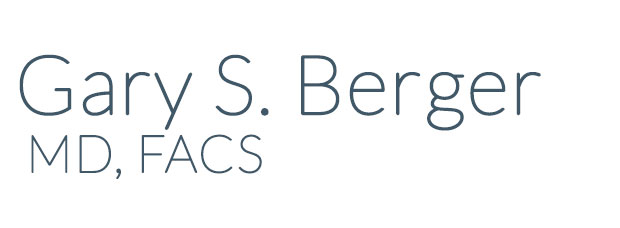Breast Augmentation
 One of the most frequently performed cosmetic surgery procedures in the United States, breast augmentation can give women with small or unevenly sized breasts a fuller, firmer, better-proportioned look through the placement of implants beneath the breast tissue. Women may elect to undergo breast augmentation for many different medical and aesthetic motivations, including balancing breast size and compensating for reduced breast mass after pregnancy or surgery. The procedure may be combined with others, such as a breast lift, for more satisfying results.
One of the most frequently performed cosmetic surgery procedures in the United States, breast augmentation can give women with small or unevenly sized breasts a fuller, firmer, better-proportioned look through the placement of implants beneath the breast tissue. Women may elect to undergo breast augmentation for many different medical and aesthetic motivations, including balancing breast size and compensating for reduced breast mass after pregnancy or surgery. The procedure may be combined with others, such as a breast lift, for more satisfying results.
Breast implants are silicone outer shells filled with SALINE (salt water) or SILICONE gel and are placed behind each breast, underneath either breast tissue or the chest wall muscle.
A new third type available in our office is the the IDEAL IMPLANT® Structured Breast Implant, that is filled with saline, but has an internal structure to make it behave as if filled with silicone gel. The IDEAL IMPLANT contains a series of nested shells that provide support to the edges and control fluid movement to prevent bouncing. The result is an implant that combines certain key features and benefits of both saline and silicone gel implants.
Like the saline implant, the filler is only saline, which women like for peace of mind in case of a rupture/deflation. Like the silicone gel implant, it has a natural feel, but without the risk of silent rupture and FDA-recommended MRI scans – women can simply look in the mirror and know their implants are intact. In addition, reported clinical trial results at 6 years show the IDEAL IMPLANT has a lower rate of capsule contracture and a lower rate of rupture than silicone gel or saline implants for primary augmentation.
Dr. Berger will review with you the risks and benefits to choosing a saline, silicone or structured implant.
The procedure lasts one to two hours and is typically performed with general anesthesia, although local anesthesia combined with a sedative is also possible. After surgery the patient’s bustline may be increased by one or more cup sizes. Dr. Berger will help you determine the correct implant size to achieve your desired final result. There are several different shapes and sizes of implants to choose from and Dr. Berger will review all of this with you, as well.
Incisions are made in inconspicuous places on the breast to minimize scar visibility. These can be in the armpit, in the crease on the underside of the breast, or around the areola (the dark skin around the nipple). Dr. Berger works with all of these options and will also help you decide which incision is best for you. The breast is then lifted, creating a pocket into which the implant is inserted.
Placement behind the chest wall muscle (the ‘pectoralis’ muscle) offers a few advantages over placement beneath the breast tissue only. These include reduced risk of capsular contracture (post-operative tightening around the implant) and less interference with mammogram examinations. Possible disadvantages include somewhat more discomfort in the first few days following surgery.
After the implants are placed and centered beneath the nipples, incisions are stitched, taped and bandaged and a surgical bra is placed. Most patients feel tired and sore after surgery, but this usually passes in a day or two and many patients return to work within the week. Stitches are removed in a week to 10 days and any post-operative pain, swelling and sensitivity will diminish over the first few weeks. The final breast shape takes a few months to finalize. Scars will begin to fade in a few months and will continue to fade for months or years.
